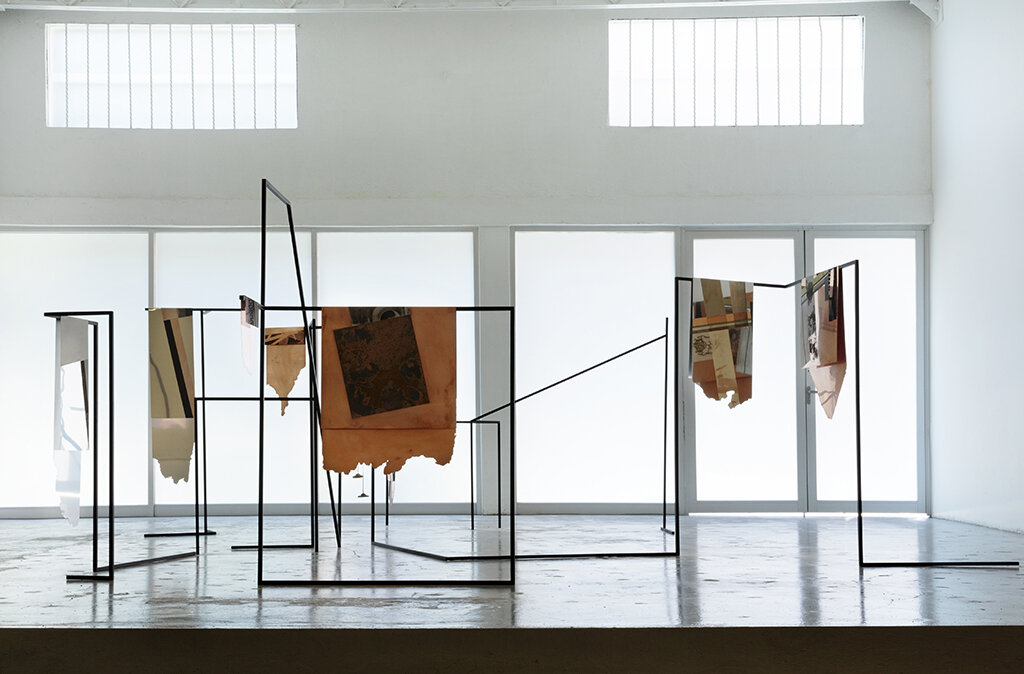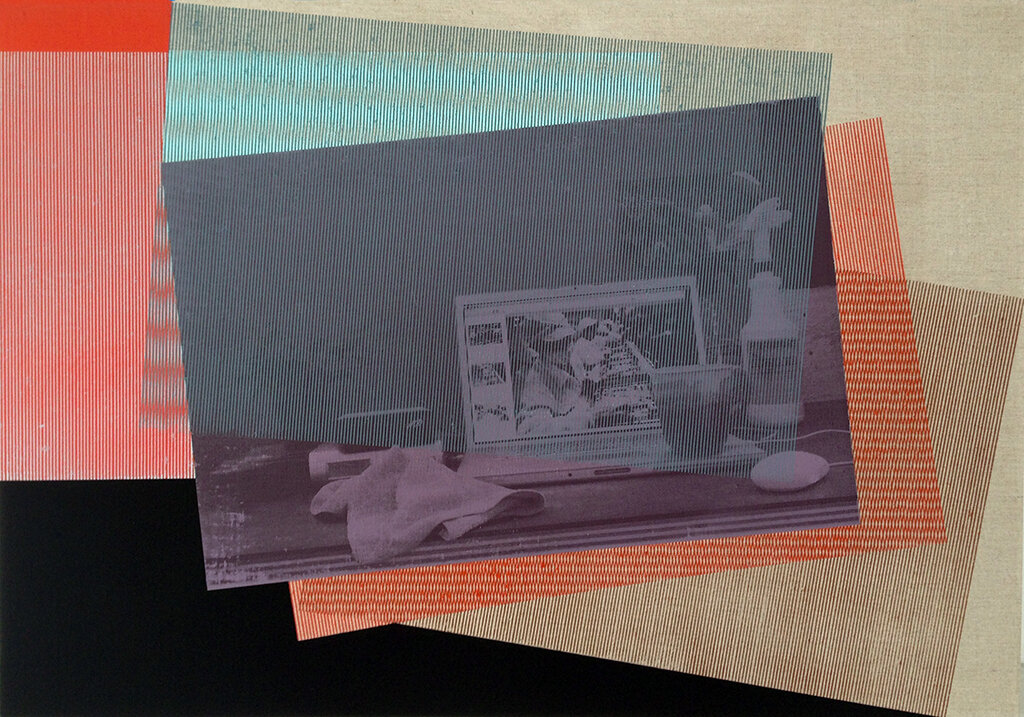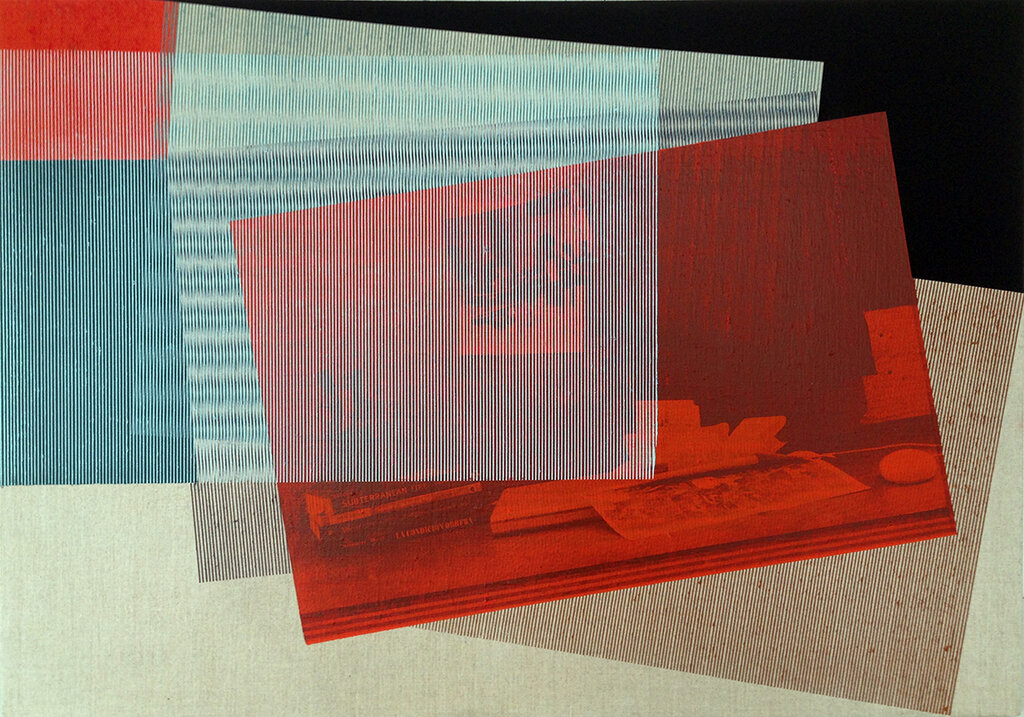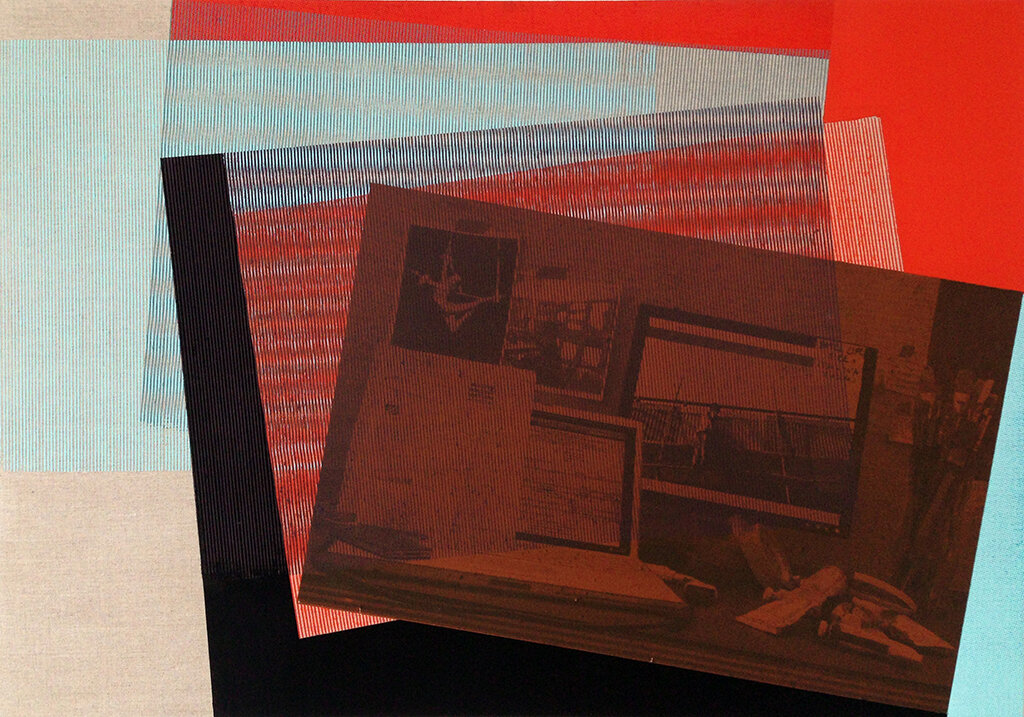Ulterior Focus:
Camel Collective
May 20–July 12, 2020
Camel Collective, Wireless Self-Assembling Stoppages 1–6 (Interchange Stations Proun 2C), 2015
Neodymium, praseodymium, europium, carbon, yttrium, silver, zinc, aluminum, copper, steel, iPhone 5S, resonating bells. Dimensions: (1) 24 3/8 x 11 13/16 x 55 1/8 inches / 62 x 30 x 140 cm; (2) 78 3/4 x 25 5/8 x 55 1/8 inches / 200 x 65 x 140 cm; (3) 36 7 /16 x 27 9/16 x 47 1/4 inches / 90 x 70 x 120 cm; (4) 116 1/8 x 102 3/8 x 55 1/8 inches / 295 x 260 x 140 cm; (5) / 98 7/16 x 43 5/16 x 63 inches / 250 x 100 x 160 cm; (6) 66 7/8 x 11 13/16 x 42 1/2 inches / 170 x 30 x 108 cm.
Screen Standards
After working with Camel Collective on two solo exhibitions in 2018 and 2020, Ulterior Gallery began representing the artists in March 2020, and is pleased to introduce the collective’s projects to a wider audience. For the occasion of Ulterior’s new digital series, we would like to present selected works by Camel Collective that are relevant to the current moment. For the first installment in this program, we focus on a series of paintings, Screen Standards, which have never been shown publicly. One of the paintings is available at FAIR, presented by NADA beginning May 20, 2020.
Anthony Graves and Carla Herrera-Prats met in 2004 and started collaborating as Camel Collective with a number of other artists. This collaboration became the two’s sole artistic focus in 2010 and continued until Carla Herrera-Prats passed away in December 2019 due to complications related to breast cancer. Anthony Graves today remains active as Camel Collective.
Screen Standards is a series of paintings that Camel Collective produced in 2013. For the series, images of the artist’s studio workspace were silkscreened on canvas using non-traditional materials—rare earth minerals sourced from China. These images reference traditional still-life, while the fragmented color scheme and abstract patterns resembling blurred code or pixelation introduce more contemporary visual modes. In Screen Standard (Dark Blue), the laptop screen on the artist’s work table captures masked electronics industry workers assembling consumer electronic devices. These works contemplate the “interchange station,” reflecting upon Russian avant-garde artist El Lissitzky’s logic of his Prouns (an acronym for “Project for the Affirmation of the New” in Russian) series from Camel Collective’s twenty-first century viewpoint. The reality of the “new” encompasses diverse global connections and interrelationships, involving labor conditions, economics, and international politics.
The Screen Standard paintings led the artists to produce sculptures, The Wireless Self-Assembling Stoppages, in 2015. These comprise six freestanding steel structures that support folded sheets of aluminum and copper composed in an arrangement that refers to Proun 2C, a drawing by Lissitzky. The aluminum and copper sheets are printed with images of miners and electronics assembly workers, along with images from Camel Collective’s studio. For this, the artists also used the pigment composed of rare earth used in the global electronics, communications, and energy industries, mined primarily in China.
Camel Collective’s artworks are motivated by research on the subjects of collaborative production, technologies of affect, and critical pedagogy. Camel’s work in video, sculpture, performance, and photography think through the often laborious production of sensation, and the technological manipulation of feelings as they relate to contemporary labor and our shared myths of cultural production.
The collective is guided by a desire to develop a language that can critically address labor within the context of art, and more broadly, to acknowledge labor in every aspect of production from its technical to its affective expressions. From philosophers to Foley artists, labor theorists to lighting designers, the collective seeks to bring together collaborators from a variety of often incongruent professions and backgrounds. Camel seeks to provide resources for scholars as well as artworks that provide occasion to question the disciplinary assumptions of knowledge and meaning.
Carla Herrera-Prats and Anthony Graves, 2018. Photo credit: Richard Lehun
Camel Collective Bio:
Camel Collective was formed in 2005 as a research group during a fellowship at the Whitney Independent Study Program. Anthony Graves (b.1975) and Carla Herrera-Prats (1973–2019) have worked together solely as Camel Collective since 2010. Camel Collective has exhibited and performed at museums and exhibitions including Museum of Contemporary Art, Cleveland, Ohio (2018); MUAC, Mexico City (2017); REDCAT Gallery, Los Angeles (2015); Trienal de Artes Frestas, Sesc, Sorocaba, Brazil (2015); the Bard Hessel Museum, Annendale-on-Hudson, New York (2014); Casa del Lago, Mexico City (2013); Trienal Poli/Gráfica de San Juan, Puerto Rico (2012); MASS MoCA, North Adams, Massachusetts (2011); and Aarhus Kunsthalle, Denmark (2010). Camel Collective has also exhibited works at Artists Space, Art in General, Exit Art, New York, NY; Black Ball Project, Brooklyn, NY; and the Sala de Arte Público Siqueiros, Mexico City.






